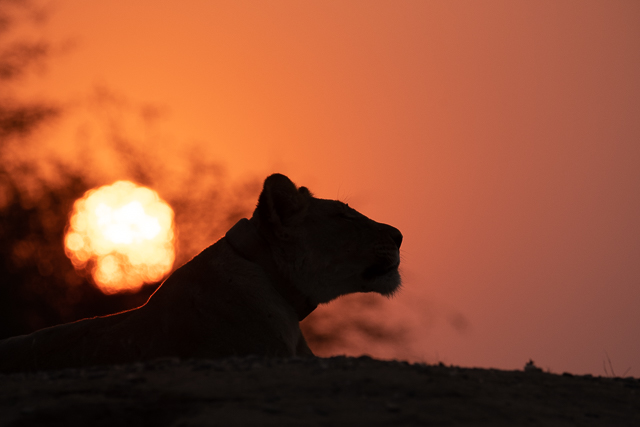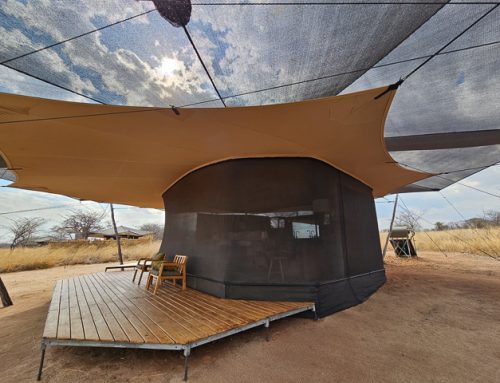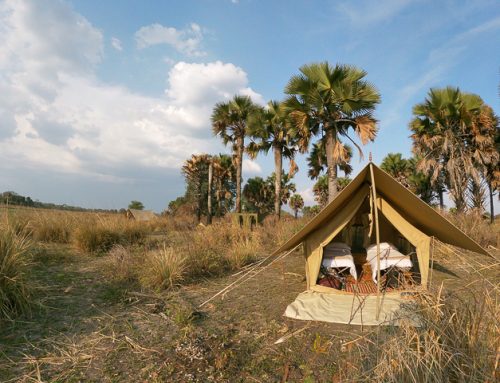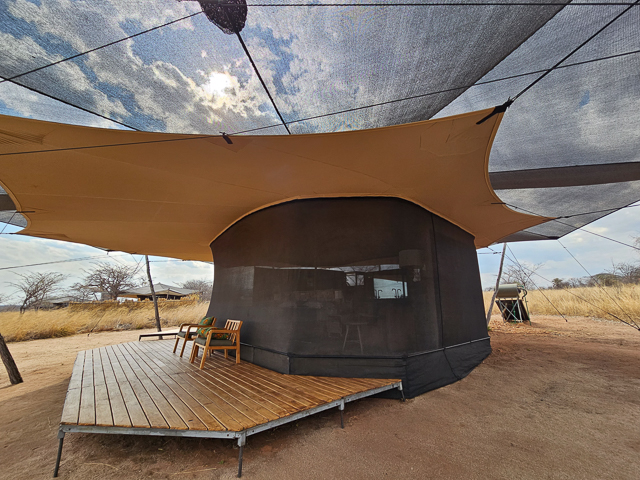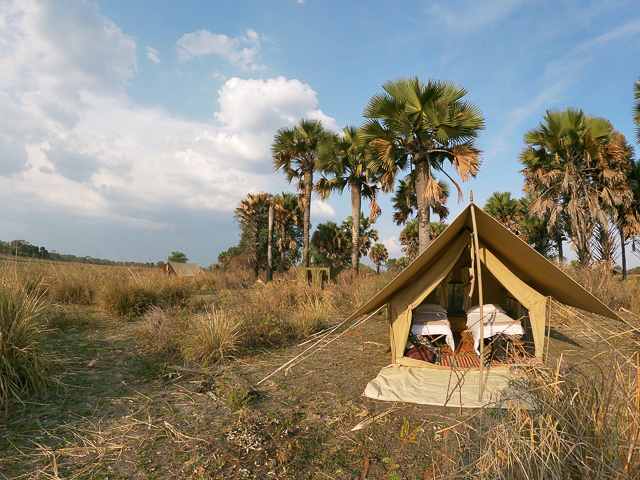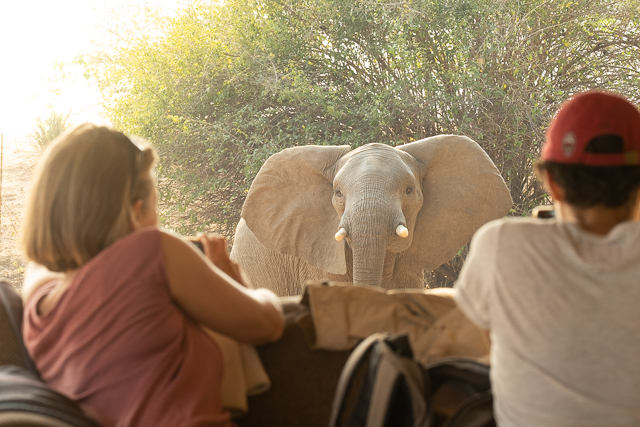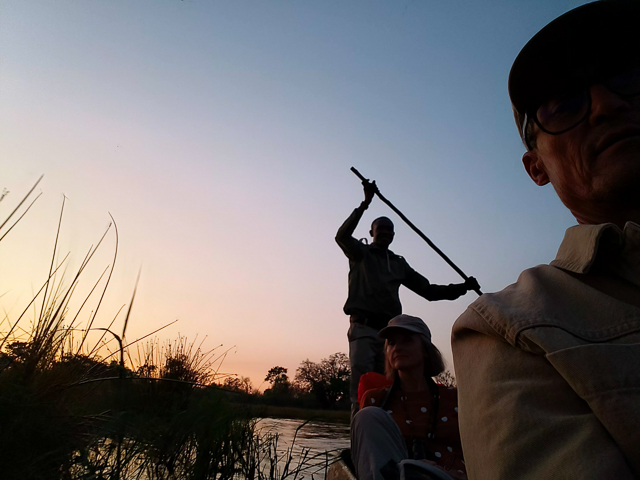When I was last in Namibia in January 2018 I was concerned about the chances of survival for the 3 one year old cubs, living along the Hoanib River in the Skeleton Coast National Park. They were the daughters of the desert lioness Margeaux (marked XPL-55 by Desert Lion Research) who had died a couple of months earlier.
Luckily for the cubs perhaps, in 2014 their mother and aunt had begun scouting and hunting along the coastline, making this area familiar to them. This was a new development in the Skeleton Coast, as lions had not been seen on this shoreline for almost fifteen years.
After their mother died in late 2017, two of the cubs lived around an oasis in the middle of sand dunes, between the Atlantic Ocean and the Hoanib River floodplain (which is the last part of the river that has vegetation). They were able to survive by hunting waterfowl from an island.
The third cub latched on to her aunt (XPL-69), who hunted inland, in the more vegetated parts of the Hoanib River.
The Hoanib, like the other rivers here, could be described as a thin island of life, separated from the next water source by vast expanses of rock, stony plains, sand and silence. Most of the year the rivers here do not flow, but they harbour vegetation. As a result wildlife, including lions, focus their activities along these drainage lines, but their numbers are very low. There may be one or two lions patrolling many kilometres of a river, or in rare cases a handful more. In 2018, these four lions were the only ones habitually living along the Hoanib valley.
It was around the time that I was last here that the two juvenile lionesses began reaching out from the comfort of the oasis, and had been seen on the coast. This might have saved them. They discovered Cape fur seal colonies, and were able to scavenge dead fur seals. Over time they began to actively hunt fur seals, and were able to thrive.
When I returned in September this year (2019), I was astounded to find that they were alive and well! The cubs are now nearly two years old, or nearly adults.
Once again I did not see the two who were thriving near the coast, but I was able to watch the aunt and her niece stalk and try to hunt. The young lioness was still more of a hindrance than a help in hunts, as on two occasions she was too impatient to wait when stalking ostrich and springbok. However I heard that like her grandmother The Queen, she has become interested in hunting giraffes, and has been successful more than once.
This time I left the Skeleton Coast with a feeling of optimism for the lion and other wildlife populations, despite the huge challenges of human encroachment. Here, in this vast and wild desert, an unfenced area of over 50,000 km2 (about the size of West Virginia or Denmark), there are only about 150 lions.
That may sound like very few, but in 1980 there were estimated to be about 30 lions, so this five-fold increase is a real success story! It is thought that the population today is similar in number to the population in the 1960s and 70s, which may suggest that they are at their carrying capacity.
Much of the success may be attributed to the efforts of the Desert Lion Project, which is involved in research and monitoring the lions. They warn the local communities who depend mainly on their cattle, when the lions are in the area. The inhabitants also benefit from tourism revenue earned from rent and employment.
I look forward to returning and learning more about the trials of these hardy cats. Meanwhile I follow developments on the Desert Lion Project website.
Justin

